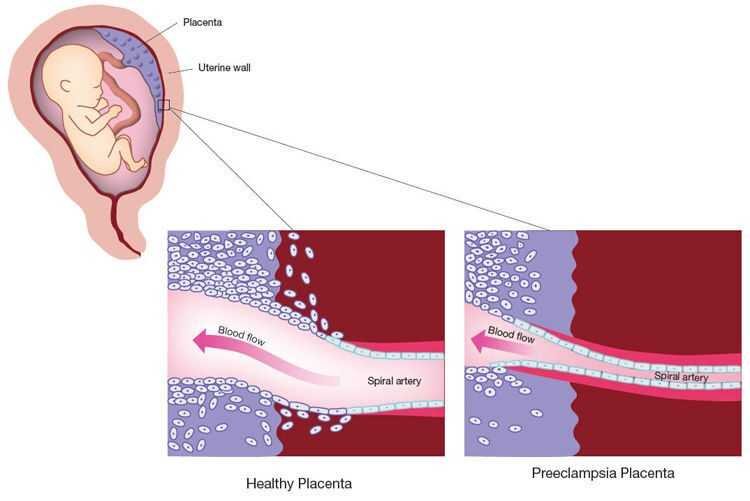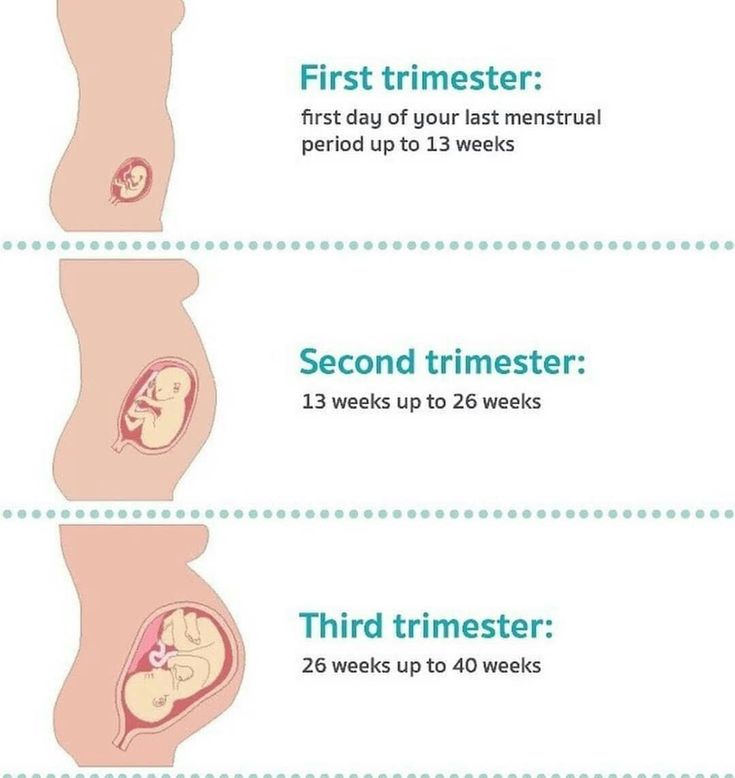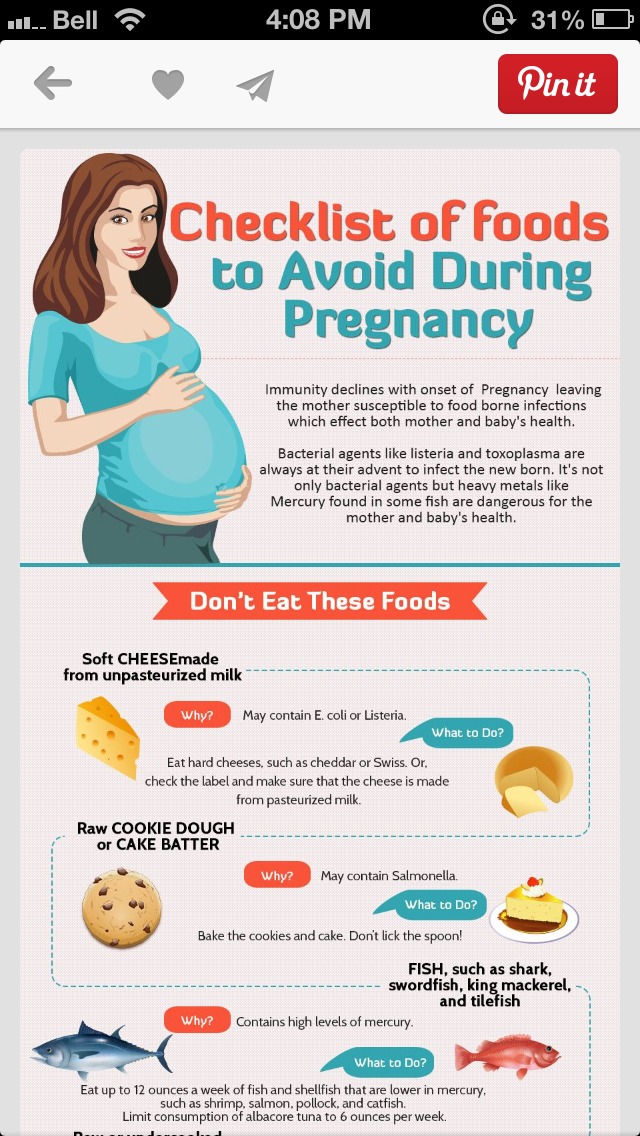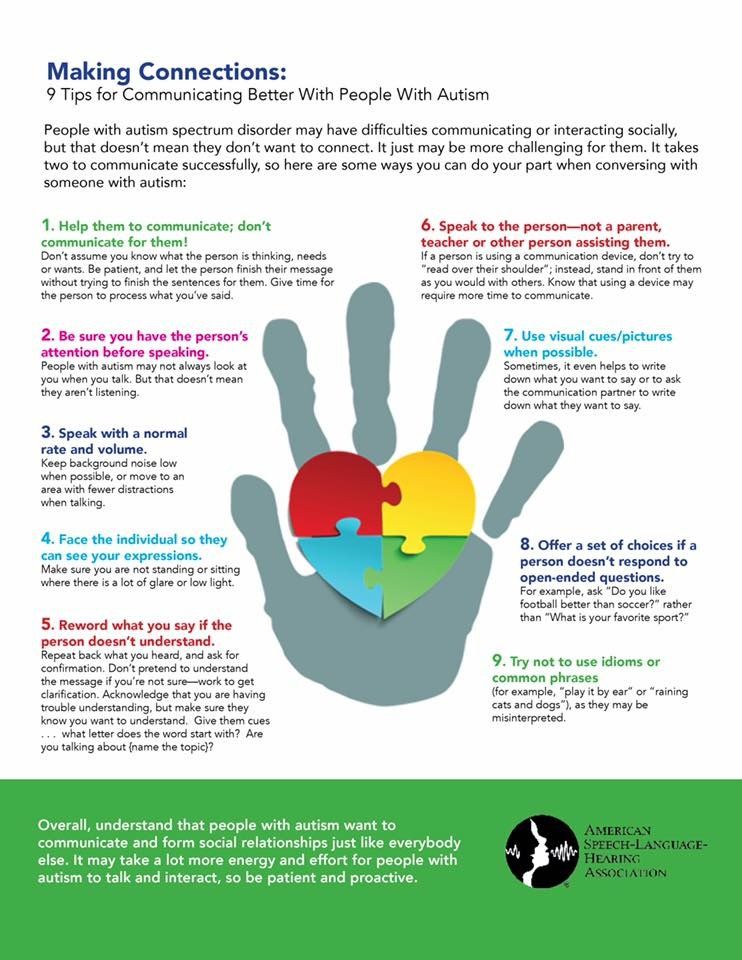How to have a healthy placenta
A Mother’s Magical Power: Growing a Healthy Placenta & Baby
November 22, 2021 November 22, 2021
Pam England
| “Nourishing the Life Within” Oil painting by Pam England copyright 2016 |
Alora called me for a consultation because she was concerned that, due to nausea in the first trimester, she had lost over 20 pounds. Her husband grew concerned because she was “eating like a bird,” nibbling on small amounts of food. When she asked her midwife for advice, she quickly offered blanket assurance that her “baby was fine, it is still small and doesn’t need much nutrition yet, and your blood work looks great!” Sadly, the midwife never asked Alora what she was eating, how much, and did not counsel on remedies to counter morning sickness. Blood work can rule out anemia but it can’t assess the growth and development of the placenta or fetus.
Routine prenatal care should include communication with a pregnant woman about her diet in each trimester, beginning in the first trimester “to prevent undesired birth outcomes and their immediate and long-term consequences on health and development. ”1
During our session I explained, “You’re not just growing a baby in there; you are also growing his or her placenta. Your baby and placenta are not desert air plants that can survive without soil or water for six to eight months! You have to feed your placenta in the first trimester and throughout pregnancy so that it can feed your baby. Has anyone told you about how your placenta grows and what foods it needs to be healthy?” She was eager to learn.
The placenta is an amazing organ. Its highly vascular network transfers oxygen and nutrients from mother to baby, and produces four hormones to sustain the pregnancy. It grows from the baby’s embryonic cells; some cultures refer to the placenta as “brother” or “sister” and after birth, treat it respectfully with rituals. By the end of the first trimester, the complex vascular structure of your baby’s placenta is formed, but it still continues to grow with your baby until about 34 weeks. When you eat well throughout pregnancy your placenta and baby thrive. At birth, the placenta will weigh one to one-and-a-half pounds.
At birth, the placenta will weigh one to one-and-a-half pounds.
“The ability of the fetus to grow and thrive in utero depends on the placental function.”2
Multiple studies have shown that placental growth and weight are strictly dependent on maternal nutrition. A healthy size placenta has good blood flow and capacity to transfer sufficient oxygen and nutrients from mother to baby. The weight of a placenta directly correlates to maternal weight gain. When a mother loses weight or her weight gain is low in the first trimester, the placenta will be significantly smaller by 20 weeks’ gestation and have inadequate vascularity.3 When a placenta is malnourished and underdeveloped in the first half of pregnancy, the baby may be smaller for gestational age in the second half of pregnancy and when it is born.4 Other causes for placental insufficiency include smoking, drinking alcohol or taking recreational drugs including marijuana, immune disorders, and diabetes.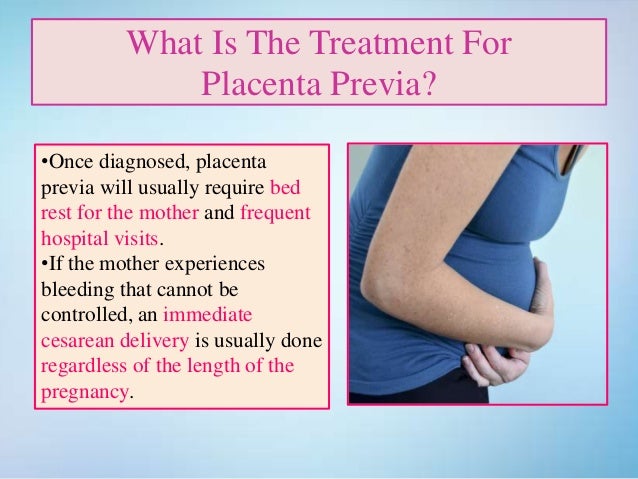 5
5
Placental insufficiency means the supply of oxygen and nutrients to the baby is compromised. Placental dysfunction is associated with placental abruption, preterm labor, intrauterine growth restriction, small for gestational age infants, and stillbirth, Placental insufficiency in labor manifests as fetal distress (decelerations in the baby’s heart rate) and may necessitate induction or cesarean surgery.6
“We studied 787 pregnant women and their newborns from a Spanish cohort study.
Clara L. Rodriguez-Bernal, et. al.7
The objective was to assess the effect of diet quality during the first trimester of pregnancy.
A positive association was observed between diet quality and newborn weight and length.
Conclusion:
A high-quality diet in the first trimester of pregnancy is associated with healthy birthweight and reducing fetal growth restriction.”
It’s never too late to start eating healthy in pregnancy. But, don’t wait until a preventable complication appears, such as the baby growing too slowly, to start eating well. Keep in mind that the placenta is mature at 34 weeks, and even if you begin eating better then, the placenta can’t recover from lost growth and development. Technology and birth attendants can measure the baby’s growth with ultrasound and monitor the heart rate; NICU can treat babies born early or small, but you have a magical power too! You can feed your baby right from the start.
But, don’t wait until a preventable complication appears, such as the baby growing too slowly, to start eating well. Keep in mind that the placenta is mature at 34 weeks, and even if you begin eating better then, the placenta can’t recover from lost growth and development. Technology and birth attendants can measure the baby’s growth with ultrasound and monitor the heart rate; NICU can treat babies born early or small, but you have a magical power too! You can feed your baby right from the start.
Five Foods to Grow a Happy Healthy Placenta in Your First Trimester
Your first task of motherhood is to eat healthy in pregnancy in the first trimester. You need to eat well, but you don’t need to eat the higher protein and calorie prenatal diet until 20 weeks. If you are busy working or going to school, include the following nutritious foods for breakfast and to bring along with you to eat during your busy day.
- Eggs
Placentas thrive on eggs! Eggs are a good source of high-quality protein—7 grams—and they contain all the amino acids, plus more than a dozen vitamins and minerals, including choline, which is good for your baby’s brain development.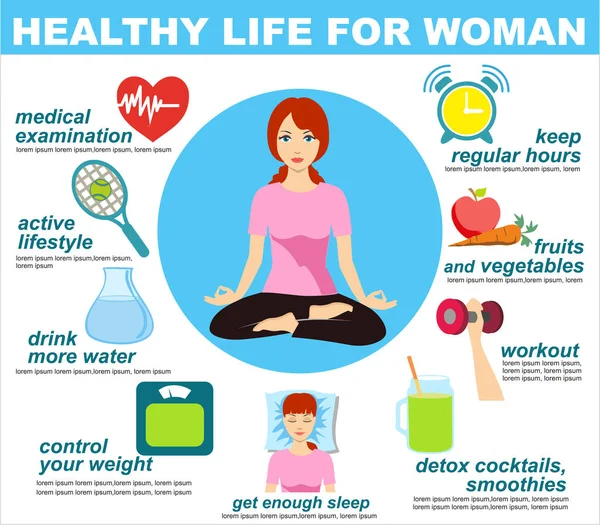 A good source of iron, too.
A good source of iron, too. - Sweet Potatoes for a Sweet Baby
Sweet potatoes, one of the best foods you can eat to build a healthy placenta, are loaded with fiber, potassium, iron, and vitamin A. The supply of vitamin A to the placenta is crucial for developing the baby’s eyes, bones, and skin. - Nuts
“Nuts nourish the placenta with healthy fats, protein, fiber, and magnesium. High levels of magnesium reduce the risk of premature labor and are crucial to the baby’s developing nervous system.” Nuts are a delicious snack for working or hiking moms. - Green vegetables
“The recommended intake of iron almost doubles during pregnancy. As such, iron-rich foods such as spinach, broccoli, and kale are crucial during pregnancy. Low iron levels could result in a deficiency and hinder the transfer of oxygen and nutrients to the placenta.” - Yogurt
Greek yogurt is a delicious, creamy superfood; it has more protein than regular yogurt. One-half cup of Greek yogurt has 12 grams of protein (double the amount in regular yogurt and equivalent to three ounces of red meat). It contains microbiota (bacteria), aids digestion, and supports gut health. It’ll strengthen your bones and your baby’s too. As a rich source of calcium and zinc, yogurt provides many benefits for a healthy placenta. In particular, Greek yogurt is a superfood to maintain a healthy placenta. Enjoy Greek yogurt for breakfast with fruit or cereal; add honey and nuts.
One-half cup of Greek yogurt has 12 grams of protein (double the amount in regular yogurt and equivalent to three ounces of red meat). It contains microbiota (bacteria), aids digestion, and supports gut health. It’ll strengthen your bones and your baby’s too. As a rich source of calcium and zinc, yogurt provides many benefits for a healthy placenta. In particular, Greek yogurt is a superfood to maintain a healthy placenta. Enjoy Greek yogurt for breakfast with fruit or cereal; add honey and nuts.
Eating well in first trimester matters.
Your baby’s birth weight and future well-being depends on placental size, rich vascularity and capacity to supply nutrients and oxygen to your baby.
it’s not complicated, it’s not a mystery; it’s common sense!
…and, it’s one way to change the Story you are bringing To birth.
Citations
- Clara L.
 Rodriguez-Bernal, et. al., (June 2010). Diet quality in early pregnancy and its effects on fetal growth outcomes: the Infancia y Medio Ambiente (Childhood and Environment) Mother and Child Cohort Study in Spain. American Journal of Nutrition, 19:6. https://academic.oup.com/ajcn/article/91/6/1659/4597271
Rodriguez-Bernal, et. al., (June 2010). Diet quality in early pregnancy and its effects on fetal growth outcomes: the Infancia y Medio Ambiente (Childhood and Environment) Mother and Child Cohort Study in Spain. American Journal of Nutrition, 19:6. https://academic.oup.com/ajcn/article/91/6/1659/4597271
2. Abubakar A Panti, et.al., The relationship between the weight of the placenta and birth weight of the neonate in a Nigerian Hospital. Nigeria Medical Journal. 2012 Apr-Jun; 53(2): 80–84. doi: 10.4103/0300-1652.103547
3. M. Thame, C. Osmond, F. Bennett, et al. (2004). Fetal growth is directly related to maternal anthropometry and placental volume. Eur J Clin Nutr 58,894–900. https://doi.org/10.1038/sj.ejcn.1601909 https://www.nature.com/articles/1601909
4. Janna L. Morrison and Timothy R Regnault (2016, June). Nutrition in Pregnancy: Optimising Maternal Diet and Fetal Adaptations to Altered Nutrient Supply. Nutrients.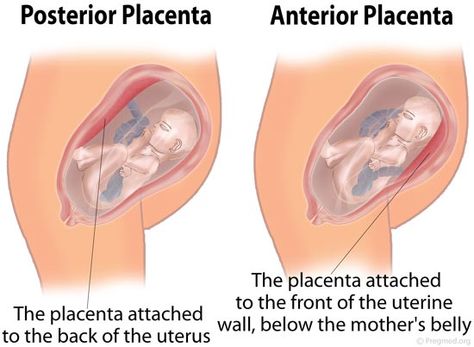 8(6): 342. doi: 10.3390/nu8060342
8(6): 342. doi: 10.3390/nu8060342
5. R. Collin Carter, et.al., (2016). Alcohol, Methamphetamine, and Marijuana Exposure Have Distinct Effects on the Human Placenta. Wiley Online Library. https://doi.org/10.1111/acer.13022
6. Jaimie E. Wardinger and Shashikanth Ambati (2021). Placental Insufficiency. NCBI. https://www.ncbi.nlm.nih.gov/books/NBK563171/
7. Clara L. Rodriguez-Bernal, et. al.
8. Cells 4Life (Feb 4 2020). “What to Eat for a Healthy Placenta.”
https://cells4life.com/2020/02/what-to-eat-for-a-healthy-placenta/
Behind Every Healthy Baby is a Healthy Placenta
A healthy placenta is the single most important factor in producing a healthy baby. The placenta, which is in fact part of the fetus, is critical for all aspects of pregnancy from implantation to delivery. As early as three days after fertilization, the trophoblasts, the major cell type of the placenta, begin to make human chorionic gonadotropin, a hormone which insures that the endometrium will be receptive to the implanting embryo.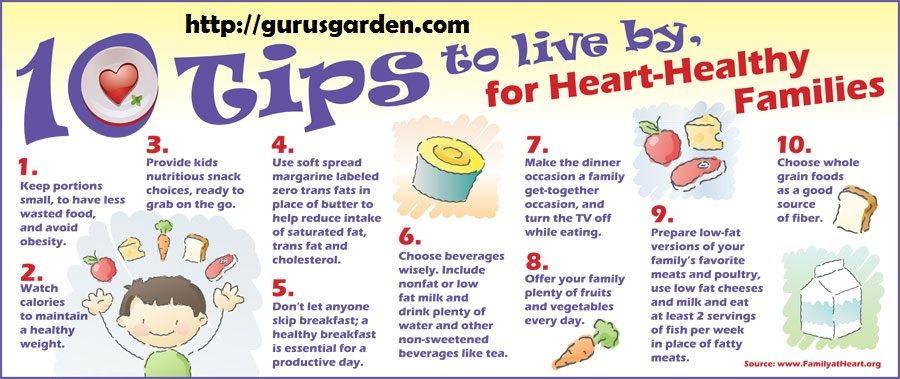 Over the next few days, these same trophoblasts attach to and invade into the uterine lining, beginning the process of pregnancy. Over the next few weeks the placenta begins to make hormones which control the basic physiology of the mother in such a way that the fetus is supplied with the necessary nutrients and oxygen needed for successful growth. The placenta also protects the fetus from immune attack by the mother, removes waste products from the fetus, induces the mother to bring more blood to the placenta, and near the time of delivery, produces hormones that matures the fetal organs in preparation for life outside of the uterus. In many ways the placenta is the SCUBA system for the fetus while at the same time being the Houston Control Center guiding the mother through pregnancy.
Over the next few days, these same trophoblasts attach to and invade into the uterine lining, beginning the process of pregnancy. Over the next few weeks the placenta begins to make hormones which control the basic physiology of the mother in such a way that the fetus is supplied with the necessary nutrients and oxygen needed for successful growth. The placenta also protects the fetus from immune attack by the mother, removes waste products from the fetus, induces the mother to bring more blood to the placenta, and near the time of delivery, produces hormones that matures the fetal organs in preparation for life outside of the uterus. In many ways the placenta is the SCUBA system for the fetus while at the same time being the Houston Control Center guiding the mother through pregnancy.
The placenta is dedicated to the survival of the fetus. Even when exposed to a poor maternal environment, for example when the mother is malnourished, diseased, smokes or takes cocaine, the placenta can often compensate by becoming more efficient.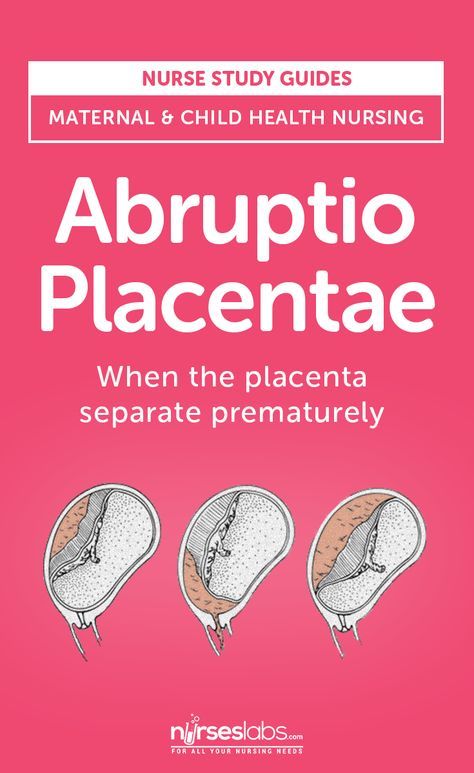 Unfortunately, there are limits to the placenta's ability to cope with external stresses. Eventually, if multiple or severe enough, these stresses can lead to placental damage, fetal damage and even intrauterine demise and pregnancy loss.
Unfortunately, there are limits to the placenta's ability to cope with external stresses. Eventually, if multiple or severe enough, these stresses can lead to placental damage, fetal damage and even intrauterine demise and pregnancy loss.
Just as the rings of a cut tree can tell the story of the tree's life, so too the placenta can disclose the history of the pregnancy. In cases of poor pregnancy outcome, microscopic examination of the placenta often reveals the stresses that caused the fetal damage observed in an affected newborn.
The major pathologic processes observable in the placenta that can adversely affect pregnancy outcome include intrauterine bacterial infections, decreased blood flow to the placenta from the mother and immunologic attack of the placenta by the mother's immune system. Intrauterine infections, most commonly the result of migration of vaginal bacteria through the cervix into the uterine cavity, can lead to severe fetal hypoxia as a result of villous edema (fluid build up within the placenta itself).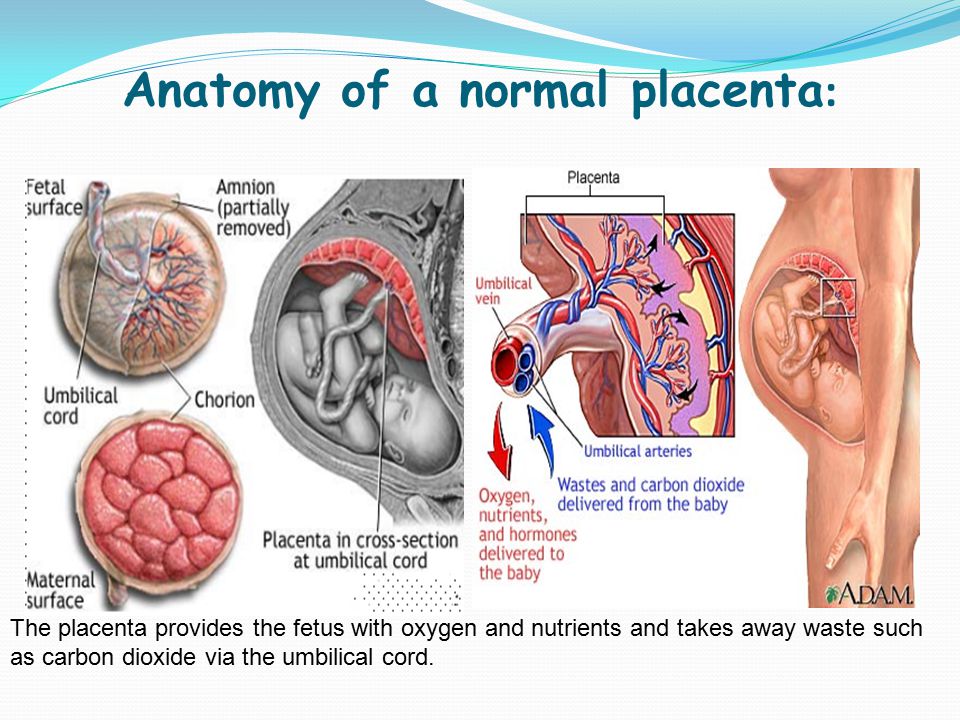 Both chronic and acute decreases in blood flow to the placenta can cause severe fetal damage and even death. As well as supplying the fetus with nutrition, the placenta is also a barrier between the mother and fetus, protecting the fetus from immune rejection by the mother, a pathologic process that can lead to intrauterine growth retardation or even demise. In addition to these major pathologic categories, many other insults, such as placental separation, cord accidents, trauma, viral and parasitic infections, can adversely affect pregnancy outcome by affecting the function of the placenta.
Both chronic and acute decreases in blood flow to the placenta can cause severe fetal damage and even death. As well as supplying the fetus with nutrition, the placenta is also a barrier between the mother and fetus, protecting the fetus from immune rejection by the mother, a pathologic process that can lead to intrauterine growth retardation or even demise. In addition to these major pathologic categories, many other insults, such as placental separation, cord accidents, trauma, viral and parasitic infections, can adversely affect pregnancy outcome by affecting the function of the placenta.
A trained placental pathologist can examine a placenta and assist in the elucidation of the causes of poor pregnancy outcome. A complete placental examination is most useful shortly after the time of delivery when the affected family is most in need of understanding what happened to their baby. If a full placental examination is not possible at the time of delivery because no placental pathologist is available, then the placenta can be transferred to a center that is prepared to make such an examination.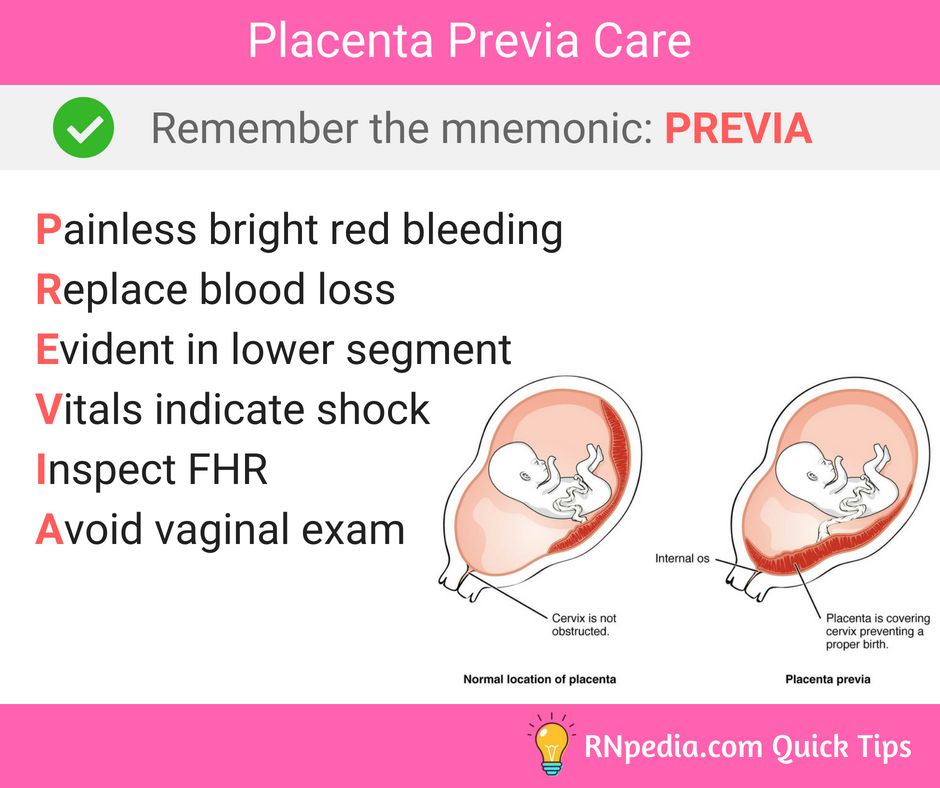 As long as tissue blocks are saved from the placenta, a microscopic examination of the placenta is always possible at a later time if the need arises.
As long as tissue blocks are saved from the placenta, a microscopic examination of the placenta is always possible at a later time if the need arises.
Today, only a few specialized centers for placental examination exist in the US. As the cost of processing and examining placentas decreases, more of the 4 million placentas delivered every year will be able to be examined by appropriately trained physicians. This trend will lead to a better understanding of causes of poor pregnancy outcomes, which in turn will lead to better diagnostic and therapeutic approaches to complicated pregnancies. The ultimate goal of placental examination and research is to insure that wanted babies are healthy babies.
Mother's Magic Power: Raise a Healthy Placenta and Baby
November 22, 2021 November 22, 2021
Pam England
| Nourishing the Inner Life Oil Painting Copyright Pam England 2016 |
A Laura called me for a consultation because she was worried about losing her first trimester over 20 pounds.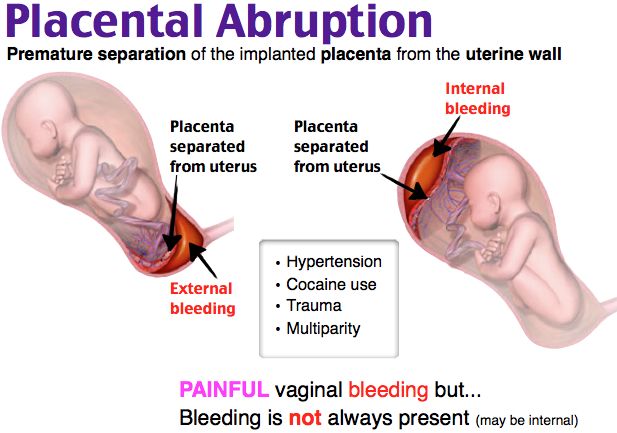 Her husband became worried because she "ate like a bird" by gnawing on small amounts of food. When she asked the midwife for advice, she quickly reassured herself that “her baby is fine, he is still small and does not require much food, and the blood work looks great!” Unfortunately, the midwife never asked Alora what she ate or how much she ate, nor gave her advice on morning sickness remedies. A blood test can rule out anemia but cannot evaluate the growth and development of the placenta or fetus. nine0003
Her husband became worried because she "ate like a bird" by gnawing on small amounts of food. When she asked the midwife for advice, she quickly reassured herself that “her baby is fine, he is still small and does not require much food, and the blood work looks great!” Unfortunately, the midwife never asked Alora what she ate or how much she ate, nor gave her advice on morning sickness remedies. A blood test can rule out anemia but cannot evaluate the growth and development of the placenta or fetus. nine0003
Routine antenatal care should include communication with the pregnant woman about her diet in each trimester, beginning in the first trimester, "to prevent unwanted birth outcomes and their immediate and long-term health and developmental consequences." 1
During our session, I explained, “You don't just raise a baby there; you also grow his or her placenta. Your baby and placenta are not desert air plants that can survive without soil and water for six to eight months! You must feed the placenta during the first trimester and throughout your pregnancy so that it can feed your baby. Has anyone told you about how your placenta grows and what foods are essential for health? » She really wanted to study. nine0003
Has anyone told you about how your placenta grows and what foods are essential for health? » She really wanted to study. nine0003
The placenta is an amazing organ. Its highly vascular network transfers oxygen and nutrients from mother to child and produces four hormones to support pregnancy. It grows from the embryonic cells of a child; in some cultures, the placenta is referred to as "brother" or "sister" and is treated with respect through rituals after birth. By the end of the first trimester, the complex vascular structure of your baby's placenta is forming, but it continues to grow with your baby until about 34 weeks. If you eat well throughout your pregnancy, your placenta and baby will thrive. At birth, the placenta will weigh between one and one and a half pounds. nine0003
“The ability of the fetus to grow and develop. in the womb depends on the function of the placenta.” 2
Numerous studies have shown that the height and weight of the placenta are strictly dependent on the mother's diet.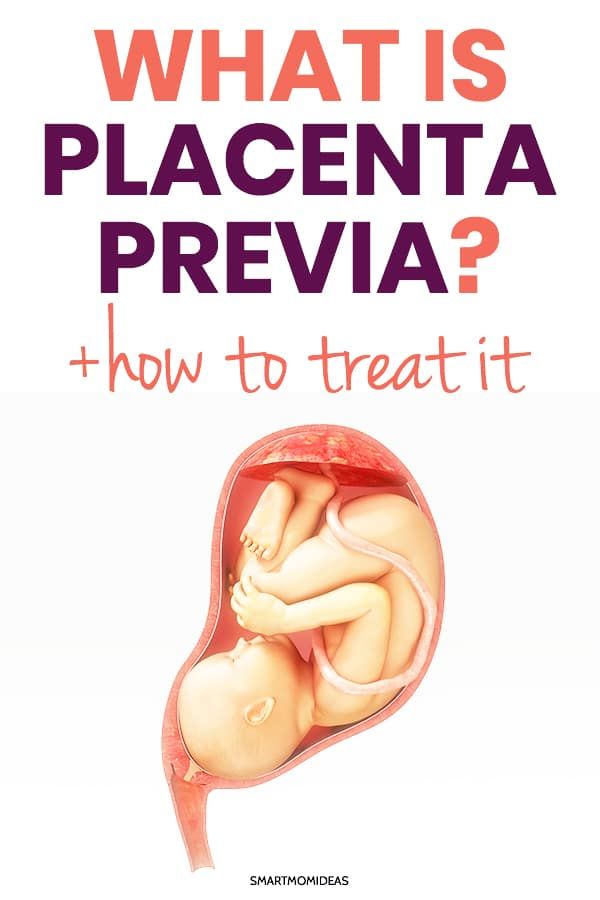 A healthy-sized placenta has good blood flow and the ability to transfer enough oxygen and nutrients from mother to baby. The weight of the placenta is directly related to the weight gain of the mother. If a mother loses or gains little weight in the first trimester, the placenta will be much smaller by 20 weeks of gestation and will not have an adequate circulatory system. nine0020 3 When the placenta is malnourished and underdeveloped in the first half of pregnancy, the baby may be smaller for gestational age in the second half of pregnancy and at birth. 4 Other causes of placental insufficiency include smoking, alcohol or recreational drug use including marijuana, immune disorders, and diabetes. 5
A healthy-sized placenta has good blood flow and the ability to transfer enough oxygen and nutrients from mother to baby. The weight of the placenta is directly related to the weight gain of the mother. If a mother loses or gains little weight in the first trimester, the placenta will be much smaller by 20 weeks of gestation and will not have an adequate circulatory system. nine0020 3 When the placenta is malnourished and underdeveloped in the first half of pregnancy, the baby may be smaller for gestational age in the second half of pregnancy and at birth. 4 Other causes of placental insufficiency include smoking, alcohol or recreational drug use including marijuana, immune disorders, and diabetes. 5
Placental insufficiency means that the baby's supply of oxygen and nutrients is impaired. Placental dysfunction is associated with placental abruption, preterm birth, intrauterine growth retardation, small-for-gestational age infants, and stillbirth.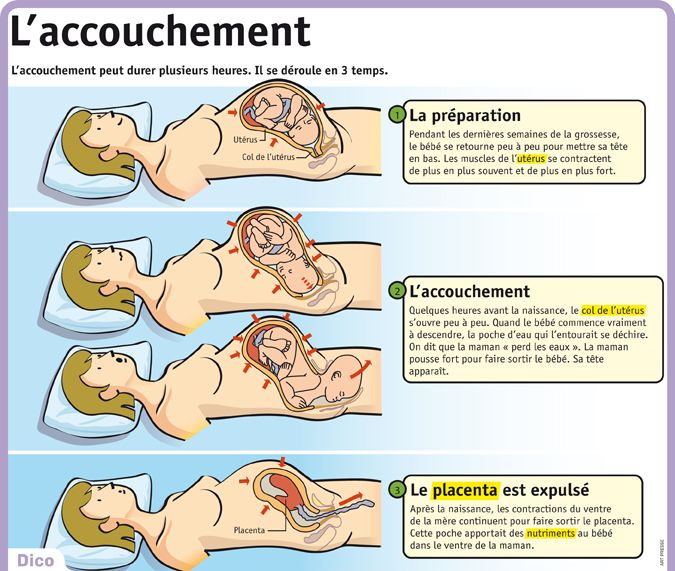 Placental insufficiency in childbirth manifests itself as fetal distress (slow heart rate of the baby) and may require induction or caesarean section. nine0020 6
Placental insufficiency in childbirth manifests itself as fetal distress (slow heart rate of the baby) and may require induction or caesarean section. nine0020 6
“We studied 787 pregnant women and their newborns in a Spanish cohort study.
Clara L. Rodriguez-Bernal et al. 7
The aim was to evaluate the effect of dietary quality in the first trimester of pregnancy.
A positive relationship has been observed between diet quality and neonatal weight and length.
Conclusion:
A quality diet in the first trimester of pregnancy is associated with healthy birth weight and reduced fetal stunting.”
It's never too late to start eating healthy during pregnancy. But don't wait for a preventable complication, such as a baby growing too slowly to start eating well. Keep in mind that the placenta matures at 34 weeks, and even if you start to eat better, it will not be able to recover from the lost growth and development.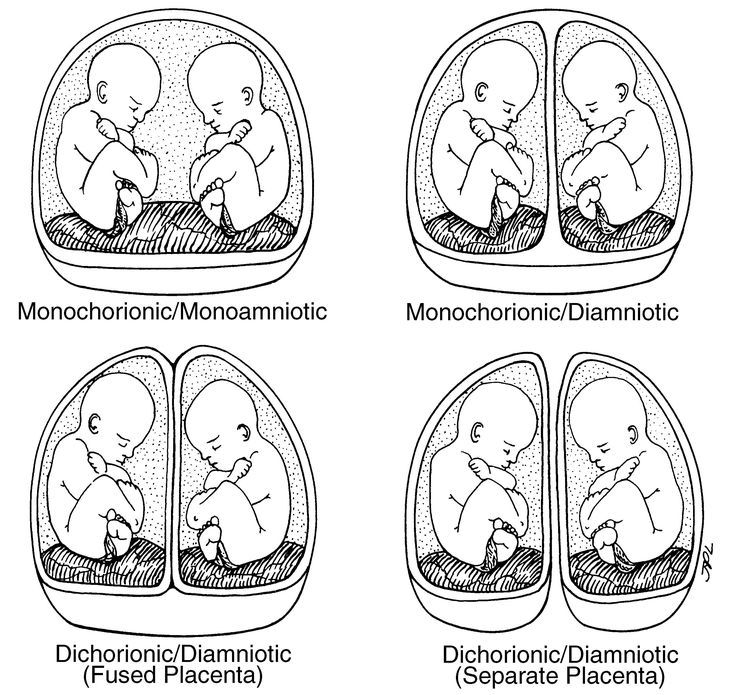 Technicians and midwives can measure the baby's growth with ultrasound and monitor the heart rate; In intensive care, you can treat babies born early or small, but you also have magical powers! You can feed your baby right from the start. nine0003
Technicians and midwives can measure the baby's growth with ultrasound and monitor the heart rate; In intensive care, you can treat babies born early or small, but you also have magical powers! You can feed your baby right from the start. nine0003
Five Foods to Help You Grow a Healthy Placenta in the First Trimester
Your first task as a mother is to eat right during your first trimester pregnancy. You should be eating well, but you don't need to follow the higher protein and calorie prenatal diet until 20 weeks. If you are busy at work or go to school, include the following nutritious breakfast foods to take with you to eat during a busy day. nine0003
- Eggs
Placentas eat eggs! Eggs are a good source of high quality protein (7 grams) and they contain all the amino acids as well as over a dozen vitamins and minerals, including choline, which is good for your baby's brain development. Also a good source of iron.
- Sweet Potato for the Sweet Baby
One of the best foods to eat for a healthy placenta, sweet potatoes are rich in fiber, potassium, iron and vitamin A. Delivering vitamin A to the placenta is critical for eye, bone development and baby skin. . nine0057
Delivering vitamin A to the placenta is critical for eye, bone development and baby skin. . nine0057 - Nuts
“Nuts provide the placenta with healthy fats, proteins, fiber and magnesium. High levels of magnesium reduce the risk of preterm birth and are critical for the development of the baby's nervous system.” Nuts are a delicious snack for working moms or hikers.
- Green vegetables
“Recommended iron intake almost doubles during pregnancy. Thus, iron-rich foods such as spinach, broccoli, and kale are crucial during pregnancy. Low iron levels can lead to iron deficiency and interfere with the transfer of oxygen and nutrients to the placenta.” nine0057 - Yogurt
Greek yogurt is a delicious creamy superfood; it has more protein than regular yogurt. A half cup of Greek yogurt contains 12 grams of protein (double the amount of regular yogurt and the equivalent of three ounces of red meat).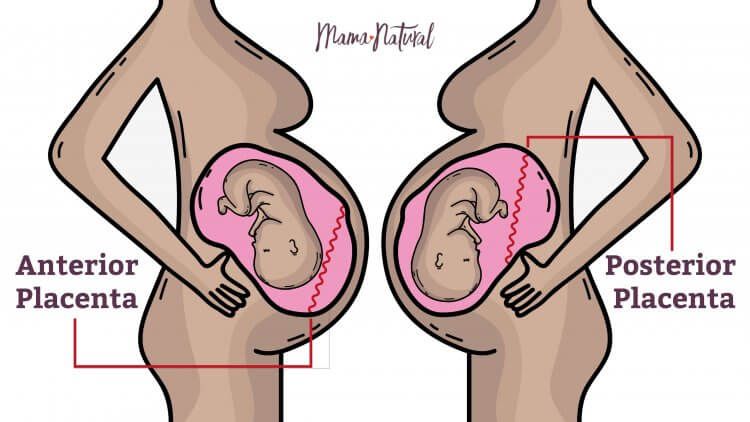 It contains microbiota (bacteria), aids digestion and supports gut health. This will strengthen your bones and your baby's health. As a rich source of calcium and zinc, yogurt has many health benefits for the placenta. In particular, Greek yogurt is a superfood for keeping the placenta healthy. Enjoy Greek yogurt for breakfast with fruit or cereal; add honey and nuts. nine0089
It contains microbiota (bacteria), aids digestion and supports gut health. This will strengthen your bones and your baby's health. As a rich source of calcium and zinc, yogurt has many health benefits for the placenta. In particular, Greek yogurt is a superfood for keeping the placenta healthy. Enjoy Greek yogurt for breakfast with fruit or cereal; add honey and nuts. nine0089
Proper nutrition during the first trimester matters.
Your baby's birth weight and future well-being depends on the size of the placenta, rich vascularization and the ability to supply the baby with nutrients and oxygen.
it's not difficult, it's not a riddle; it's common sense!
… And this is one of the ways to change the History that you bring to birth.
Quotes
- Clara L. Rodriguez-Bernal et al., (June 2010). Diet quality in early pregnancy and its impact on fetal growth outcomes: the Infancia y Medio Ambiente (Childhood and Environment) mother-child cohort study in Spain.
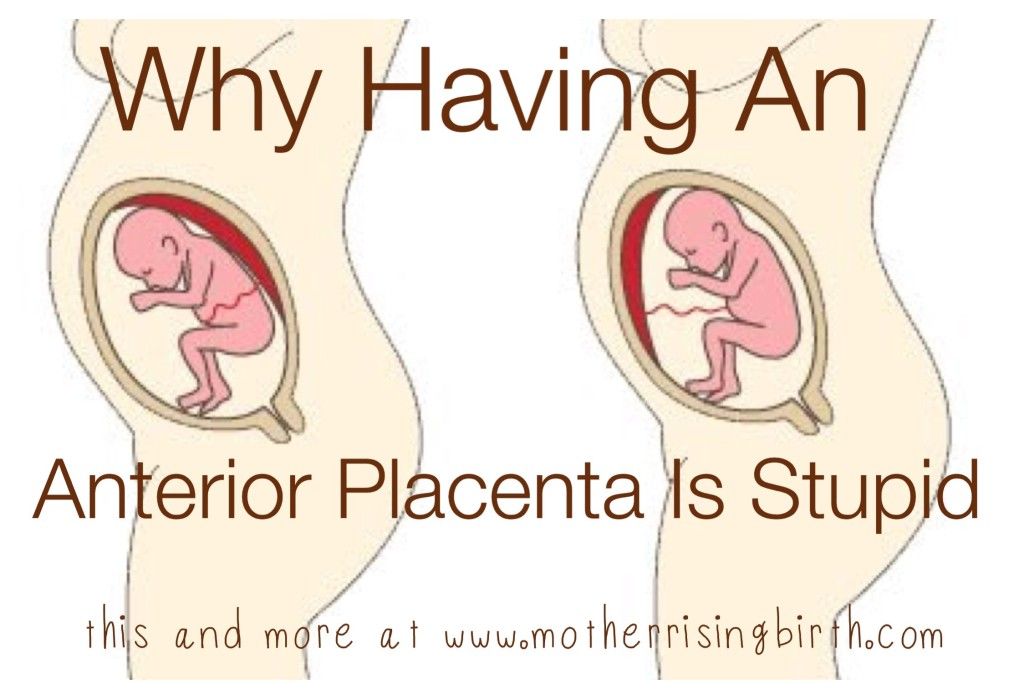 American Journal of Nutrition , 19:6. https://academic.oup.com/ajcn/article/91/6/1659/4597271
American Journal of Nutrition , 19:6. https://academic.oup.com/ajcn/article/91/6/1659/4597271
newborn at birth in a Nigerian hospital. nine0032 Nigerian Medical Journal. 2012 April-June; 53(2): 80–84. doi: 10.4103/0300-1652.103547
3. M. Thame, C. Osmond, F. Bennett, and others. (2004). The growth of the fetus is directly related to the anthropometry of the mother and the volume of the placenta. Eur J Clin Nutr 58 894–900. https://doi.org/10.1038/sj.ejcn.1601909 https://www.nature.com/articles/1601909
4. Jeanne L. Morrison and Timothy R. Renault (2016, June). Nutrition during pregnancy: optimization of maternal diet and fetal adaptation to altered nutrient supply. nine0032 Nutrients . 8 (6): 342. doi: 10.3390 / nu8060342
5. R. Collin Carter et al. (2016). Exposure to alcohol, methamphetamine, and marijuana has different effects on the human placenta. Wiley Internet Library . https://doi.org/10.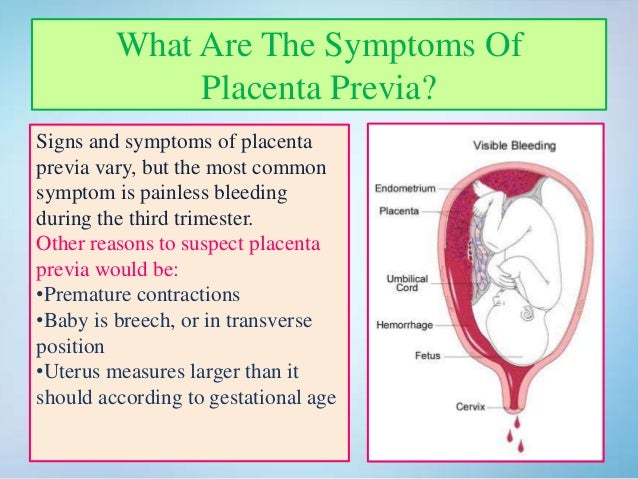 1111/acer.13022
1111/acer.13022
6. Jamie E. Wardinger and Shashikant Ambati (2021). placental insufficiency. NCBI. https://www.ncbi.nlm.nih.gov/books/NBK563171/
7. Clara L. Rodriguez-Bernal et al.
8. Cells 4Life (February 4, 2020). What to Eat for a Healthy Placenta.
https://cells4life.com/2020/02/what-to-eat-for-a-healthy-placenta/
Who is a neonatologist and what does this doctor do. Science Neonatology :: ACMD
Pediatrics
Neonatology is a complex and extremely important section of pediatrics, a relatively young separate clinical discipline that began to develop actively only in the second half of the 20th century. "Neonatus" in Latin means "newborn child". nine0003
So, neonatologist is a doctor who provides medical supervision of a newborn child, observes its growth and development during the first year of life, gives recommendations to parents on caring for a newborn, feeding it, advises parents on physiology and body characteristics newborn. Neonatologists provide medical care to premature babies, children with very low birth weight, newborns with perinatal pathology. nine0003
Neonatologists provide medical care to premature babies, children with very low birth weight, newborns with perinatal pathology. nine0003
The neonatal period is a responsible and rather difficult period of a person's life. The intrauterine period of development is characterized by the complete dependence of the child's body on the state and functioning of the mother's body, the child receives vital oxygen and nutrients through the placenta directly from the mother, the child is enveloped in mother's warmth, he hears her gentle voice, the child is comfortable and warm. Immediately after birth, the child finds himself in a new environment for him, a world different from the mother's womb. A restructuring begins in the work of all organs, all the forces of a newly born child are strained, the body adapts to new conditions of existence, and this adaptation is expressed in transitional (transient, physiological) states of the newborn. nine0003
Every person dreams of being healthy and having healthy children and a healthy family. Every state wants to have a healthy nation. A person's health begins long before his birth. A child's health begins with a healthy lifestyle for future parents, a healthy conception, and regular medical supervision during pregnancy. The health of the child depends on the quality of medical care during and after the birth of the child. An unfavorable course of intrauterine development of a child, pathological childbirth, premature birth can cause a violation of adaptation processes, accompanied by a violation of the child's condition or the development of a disease. nine0003
Every state wants to have a healthy nation. A person's health begins long before his birth. A child's health begins with a healthy lifestyle for future parents, a healthy conception, and regular medical supervision during pregnancy. The health of the child depends on the quality of medical care during and after the birth of the child. An unfavorable course of intrauterine development of a child, pathological childbirth, premature birth can cause a violation of adaptation processes, accompanied by a violation of the child's condition or the development of a disease. nine0003
A neonatologist not only treats a disease that has developed in a child in the neonatal period. The main tasks of medical supervision of a newborn is to identify risk factors that, under certain circumstances, can provoke a violation of the child's condition and the development of the disease, and to direct maximum efforts to prevent these violations.
Newborns born from complicated pregnancy and pathological childbirth, prematurely born children, children with perinatal pathology require special attention.